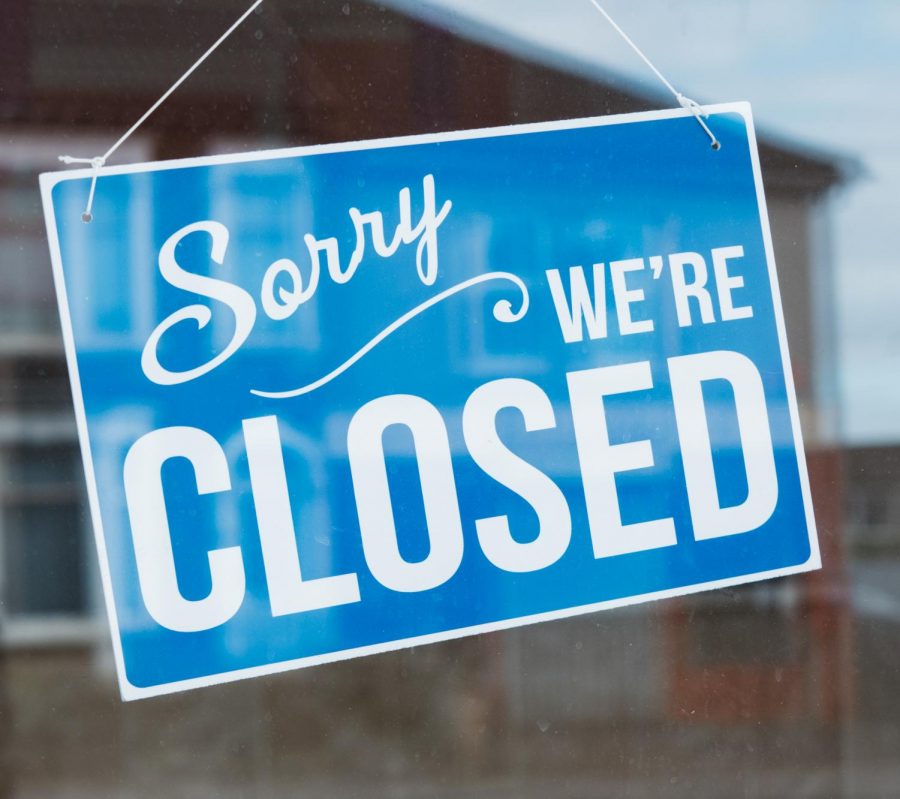CA pandemic curfew impacts the fate of small businesses and housing
Photo courtesy of Ellie Burgin on Pexels
The CA curfew set by Governor Newsom can impact small businesses negatively.
December 7, 2020
California Governor Gavin Newsom announced a 10 p.m. curfew for residents of counties in the purple tier on Nov. 19.
“Due to the rise in COVID-19 cases, CA is issuing a limited Stay at Home Order. Non-essential work and gatherings must stop from 10 p.m. to 5 a.m. in counties in the purple tier. This will take effect at 10 p.m. on Saturday and remain for one month. Together – we can flatten the curve again,” said Newsom.
At face value, the new curfew seems relatively reasonable and necessary to prevent an influx of COVID-19 cases in California, especially as the U.S. has just surpassed over 13 million cases over the holiday weekend.
But the more one thinks about it, the more it seems nearly impossible to effectively enforce. Furthermore, this curfew is devastating to small businesses and employees.
The new lockdown raises far more questions than it provides answers.
How would California ensure that people are actually following the stay-at-home order? Will they close down all businesses except grocery stores and medical centers?
In doing so, this could jeopardize the already fragile financial security of small businesses, shutting down stores or services that people depend on to make ends meet. This only further impacts the employees.
According to a Forbes article published in September, since the start of lockdown in March, over 160,000 businesses have had to shut down and many are expected to remain permanently closed even after things go back to “normal.”
Which raises the questions: Will the government alleviate their difficulties through another form of stimulus check? Will it provide these businesses with funding to continue paying their employees?
To ensure their residents are staying in their homes or only frequenting “essential” businesses, will California’s government provide their residents with enough funding to cover their living expenses?
With high rates of unemployment, many California residents are having difficulty paying their rent and other expenses, putting their housing and financial situations at risk as lockdowns continue.
California Executive Order N-71-20 prevents landlords from evicting a person who has been financially impacted by the pandemic. Between Sep. 1, 2020 and Jan. 31, 2021 the renter must pay at least 25 percent of their rent either through monthly installments or a lump sum in January.
However, for those who have lost their jobs and do not have enough savings or income to pay the 25 percent, they can face eviction and legal action taken against them by the landlord after Mar. 1, 2021.
Furthermore, California has the “Continuum of Care” program which, if someone who is unhoused believes they may have been exposed to COVID-19, will provide a motel or hotel room for them to reside during this period.
Unhoused individuals were also eligible for the spring’s stimulus package of $1,200, with additional $500 payments per child.
Over the course of the pandemic, the federal government has only provided one stimulus check.
Meanwhile, millions of residents are expected to lose their unemployment benefits by the end of the year, as well as be at risk for eviction following the end of the executive order protections in California. While a lockdown may reduce the number of our COVID cases in California, thus protecting our health and safety, a lockdown poses a serious problem for California residents as they navigate unemployment and eviction if it is not accompanied by generous and comprehensive government assistance.


